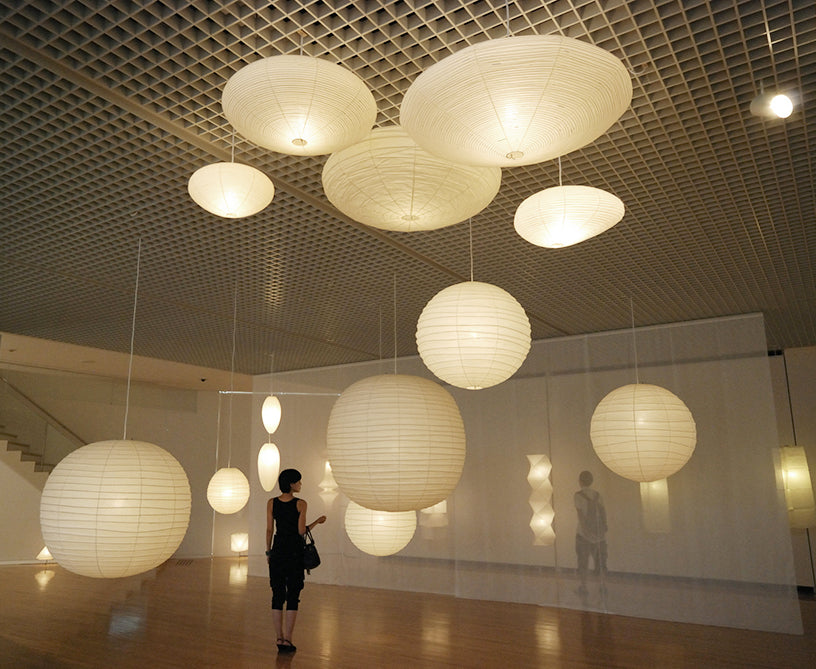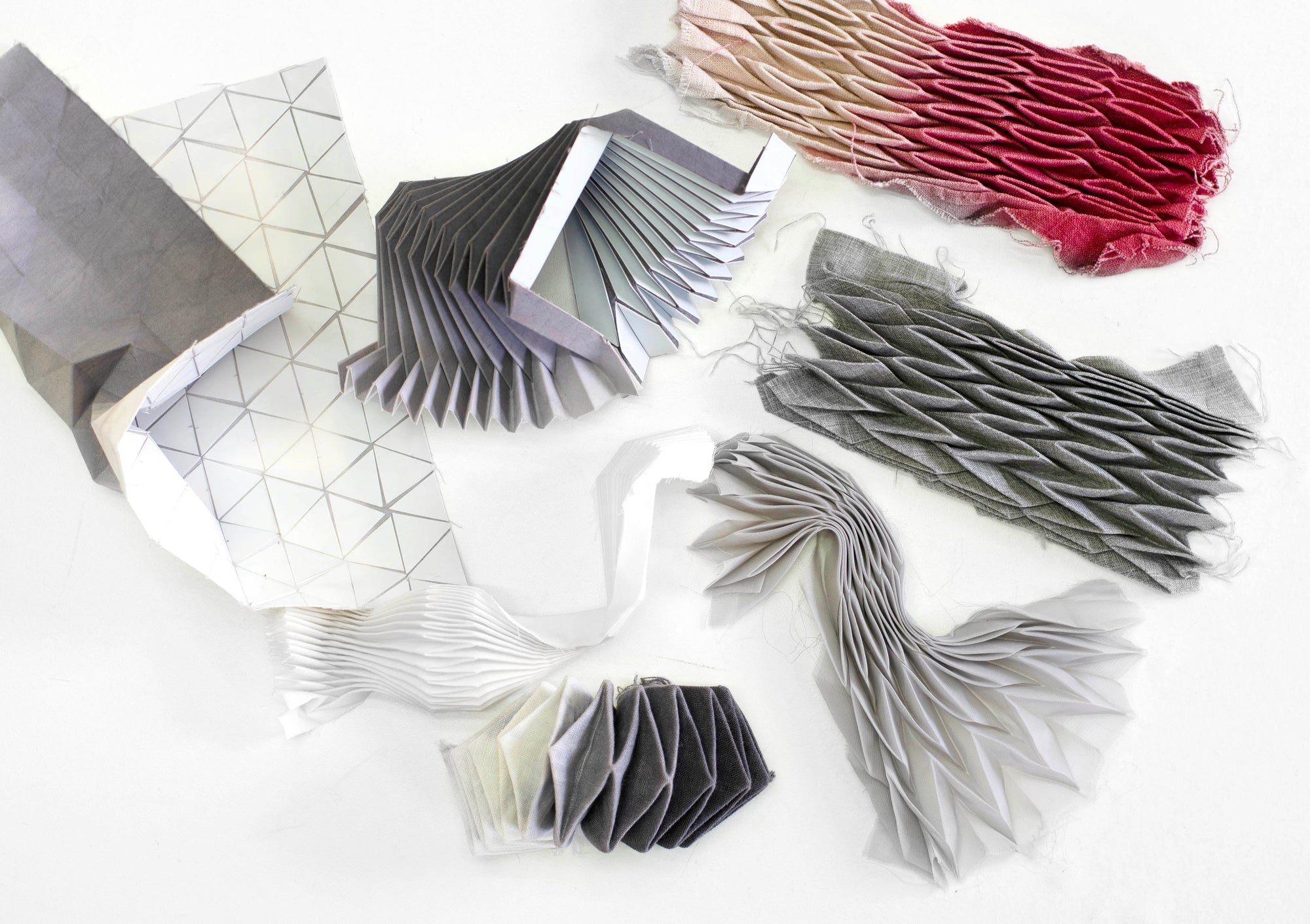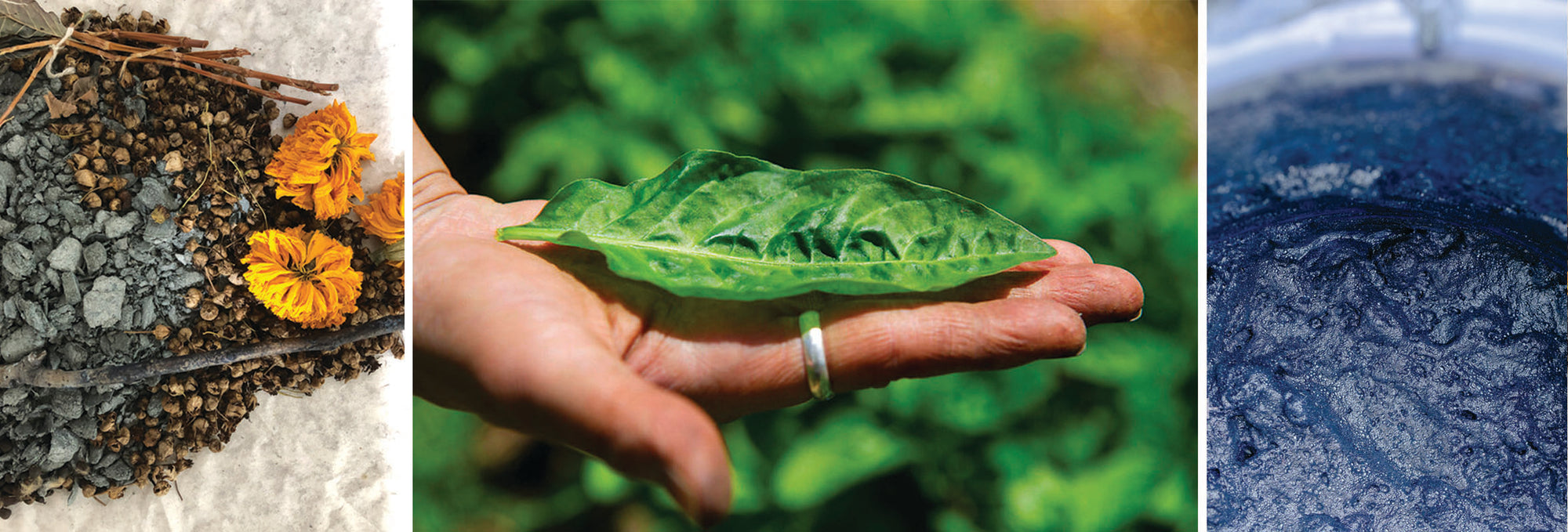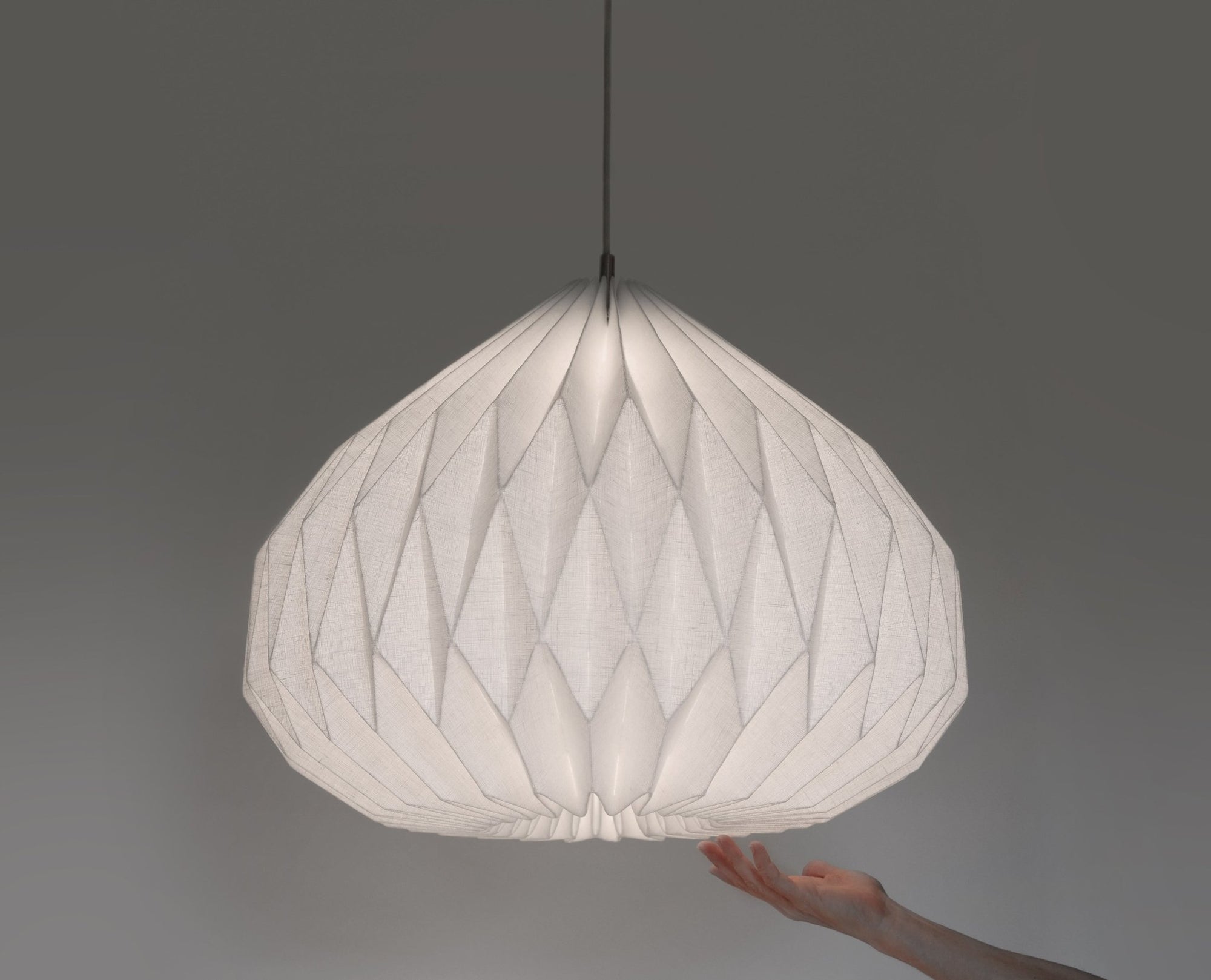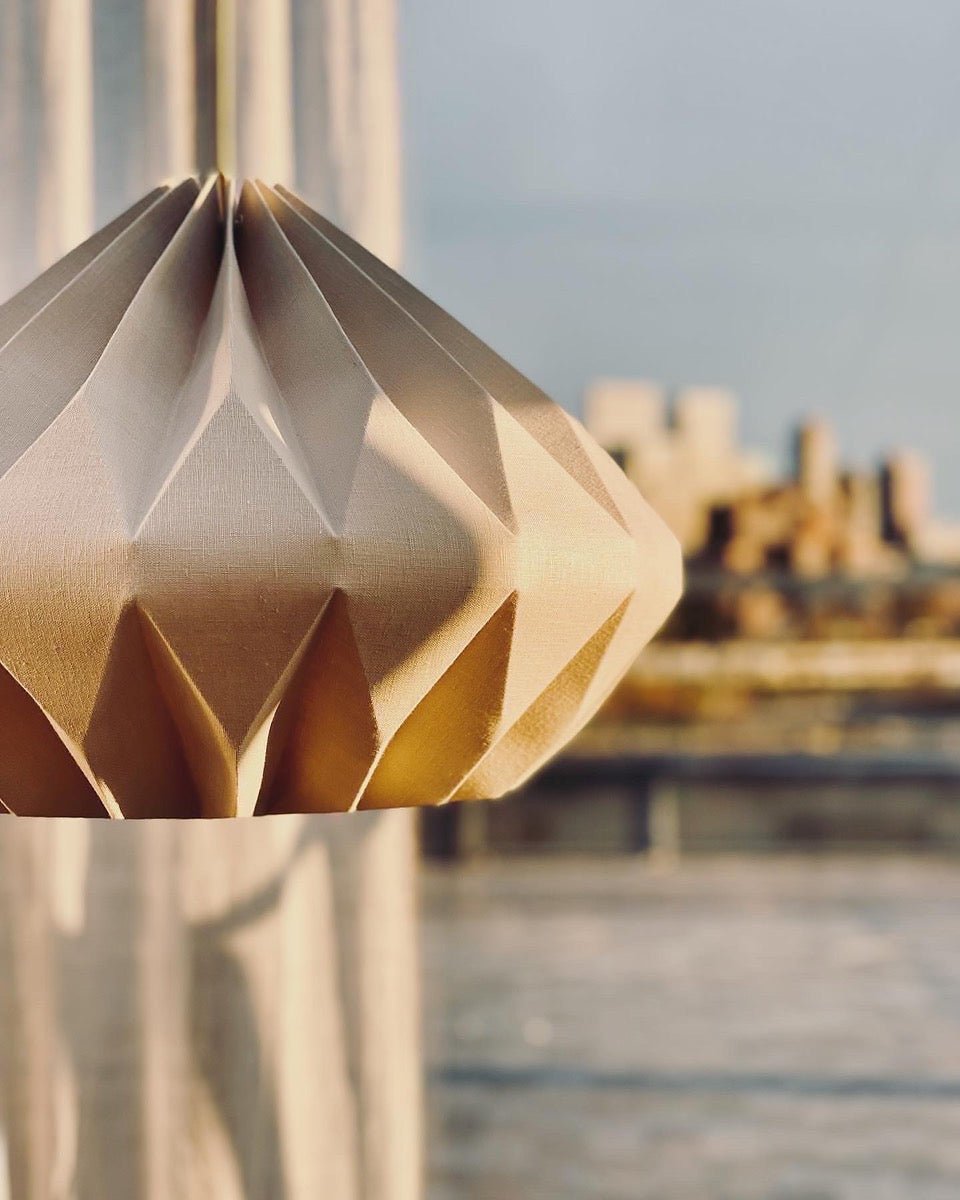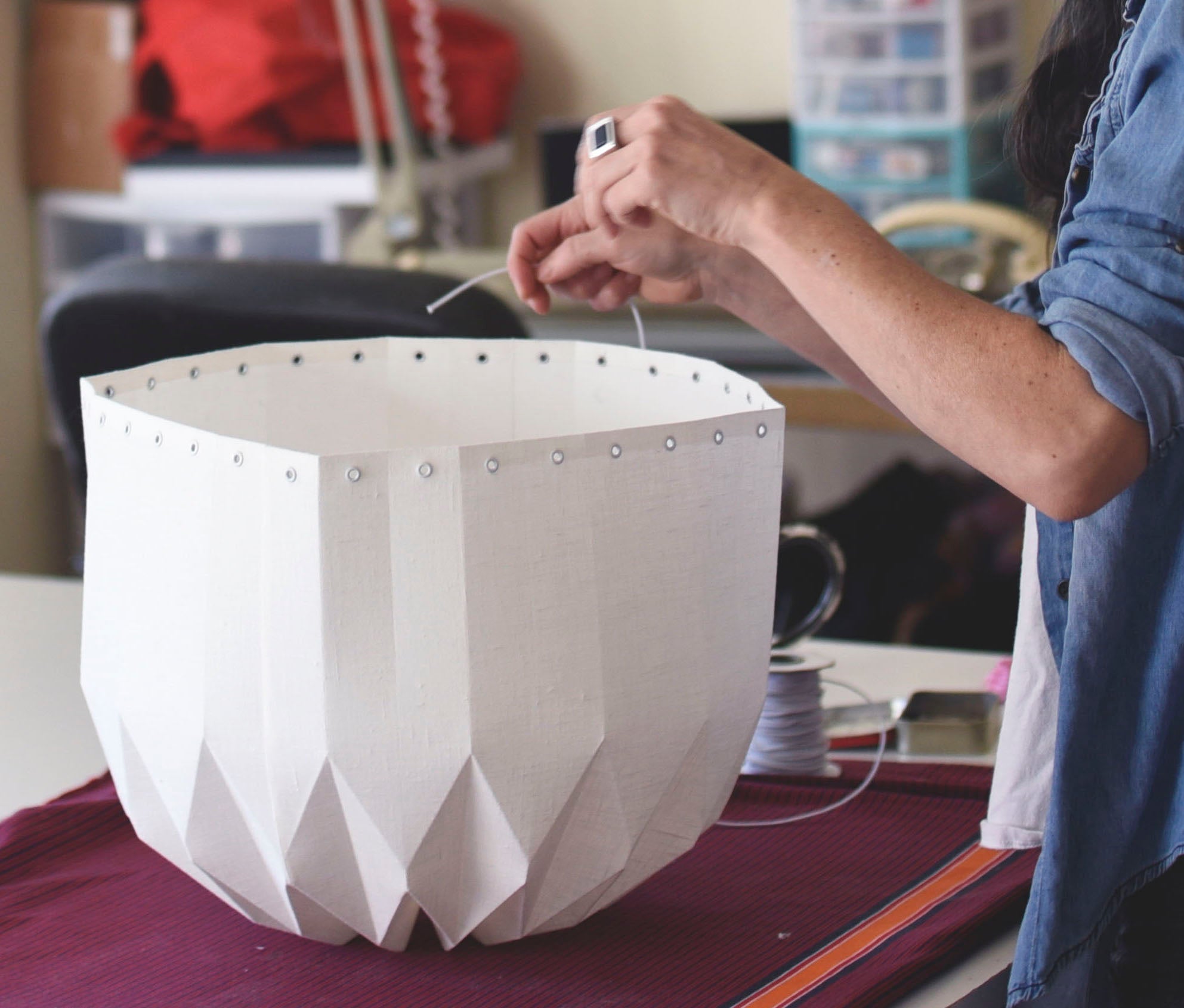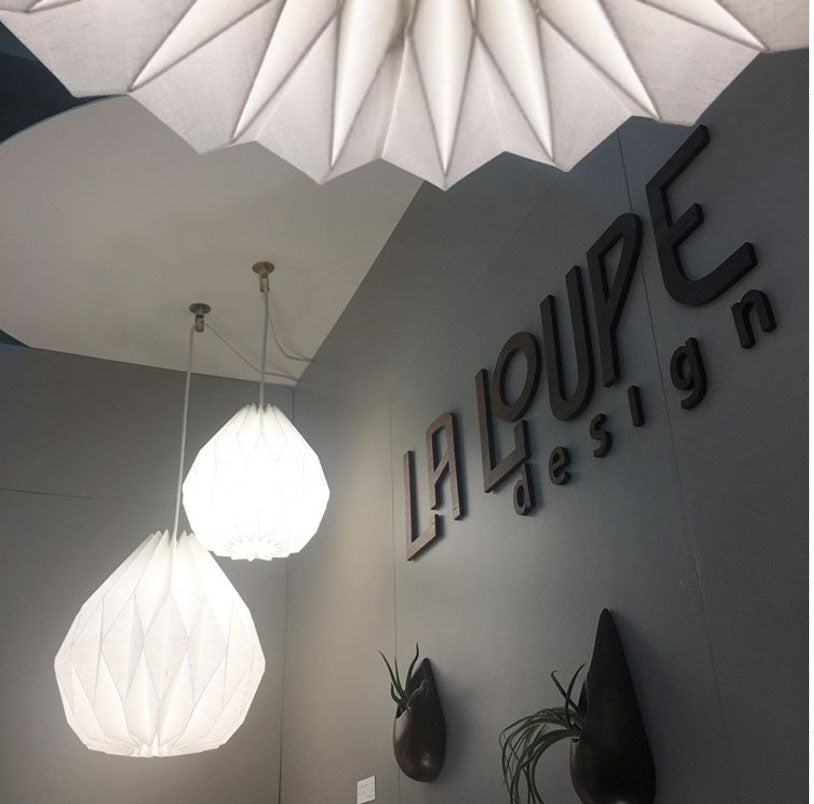Layering light involves combining different light sources to create a specific mood or ambiance, while also adding versatility, functionality, and flexibility to the room.

When planning your interior lighting, the key is to understand the three main lighting categories and how to layer these light sources to achieve a perfect balance in your space.
THE THREE MAIN CATEGORIES OF LIGHTING
Ambient or general lighting is responsible for providing overall illumination that makes an interior space visible and comfortable. To create a tranquil atmosphere, it is recommended to use warmer lights with this type of lighting.
Task or functional lighting is used to illuminate areas where specific tasks are performed, such as reading, sewing, cooking, or doing homework. It provides clear and focused downward lighting, which can be achieved with a desk lamp or under-cabinet lighting in a kitchen.
Accent lighting adds drama to a room by creating visual interest. It is used as part of a decorating scheme to illuminate and accentuate architectural features or wall art in a space.
By considering these three types of lighting and understanding how they complement each other, you can begin to plan how to balance your layers of light in order to achieve the desired overall look and feel.

Here are some things to consider when planning the lighting for your interiors:
FUNCTIONALITY
When considering the functionality of each room, think about the activities that take place in them and the desired atmosphere you want to create, whether it's relaxed or work-oriented. Lighting can serve functional, practical, or decorative purposes. By layering different light sources, you can highlight various aspects of the room for different purposes. It's also important to consider areas that serve multiple functions and will require different types of lighting. By mixing and matching multiple light sources, you can transform the room, adding versatility and flexibility to the space.

SOURCES OF LIGHTING
Consider the various sources of light and how they correspond to the three categories.
Ambient lighting is one of the most crucial elements in achieving the perfect balance of interior lighting. It sets the tone for the space and greatly influences our overall mood. While pendant lamps and ceiling fixtures may not provide sufficient ambient light, they can be complemented with other sources such as wall lamps or sconces, floor lamps, and table lamps. These additional lighting options can offer more localized ambient light to specific areas.
By placing your lighting at different heights and using multiple lamps in the same room, you can create an interesting play of light and shadows, transforming the space into a more pleasant atmosphere. Additionally, don't forget about accent lighting. Enhance artwork or other objects in your home with spotlights.
Keep in mind that one source of lighting can be used for all three types of light, providing even greater flexibility in your lighting design. For example, floor lamps or wall lamps can provide ambient light, task lighting for reading, or accent light if positioned under a particular architectural feature.
It is also vital to have a means of controlling the brightness of the light. Dimmers on overhead lights are helpful for this purpose, as well as multiple light sources that can be turned on and off as needed.
When planning the desired atmosphere, it is important to consider that the colors and materials of the floor, walls, and ceiling will also impact the lighting. The combination of lighting type with the color and materials of the space has the power to transform the room. For instance, placing uplights along the wall in a room with white walls and ceiling will create the illusion of a higher space, making it feel more spacious. On the other hand, using warmer light sources with darker colored walls will create a more intimate and cozy ambiance.
Don't forget to take into account natural light. If the space allows, natural light should be utilized as much as possible. Always try to maximize natural light sources, as they can have a positive impact on an individual's mood and energy.
Consider the direction in which your room is located and analyze and observe how natural light changes throughout the day in your home. There may be corners that require additional lighting during the day, and artificial lighting can help brighten those areas.
We believe that our simple guide will help you take the first step towards integrating lighting design into your daily life, resulting in more comfortable, relaxed, and efficient spaces. If you have any further inquiries, please do not hesitate to contact us. We are always ready to provide assistance!

